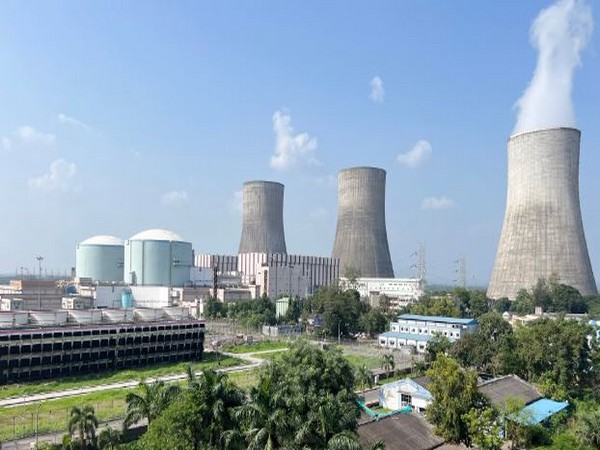India's Ambitious Power Plans: Balancing Growth and Sustainability
India's power sector faces potential overinvestment risks as it aims to double capacity to 900 GW by 2030. Aequitas Investments highlights the dangers of aggressive bidding without secure power purchase agreements and reliance on costly imported coal. The need for careful planning is emphasized to prevent financial instability.

- Country:
- India
As India charts an ambitious course to expand its power capacity, a report by Aequitas Investments raises red flags about potential overinvestment, warning of repeating previous industry mistakes. This cautionary note stems from the aggressive bidding lacking firm power purchase agreements (PPAs) and over-reliance on exorbitantly priced imported coal. Such practices could pave the way for financial instability, echoing the sector's 2008 downturn.
The report further highlights that most capacity expansions initiated by private power producers since FY 2010 have experienced severe cost overruns, nearing 70-80% above the original budget. These overruns are mainly due to project delays spanning over three years. The analysis also points to substantial borrowing across all industry segments as a catalyst behind the power sector's swift growth.
Looking ahead, the Indian power sector is on the cusp of transformation, aiming to double its capacity to 900 GW by 2030, reflecting a 12% compound annual growth rate (CAGR). However, this growth is shadowed by possible demand-supply mismatches, given the historical 6-7% growth in power demand. A projected doubling of primary energy demand by 2045, alongside robust investments in renewable energy, underscores the sector's dual challenge of managing rapid growth and sustainable planning.
(With inputs from agencies.)
ALSO READ
Gujarat Leads India's Green Transition: A Renewable Energy Revolution
JSW Renewable Energy Signs Landmark Solar PPA with NTPC
Ethanol Blending: India's Path to Renewable Energy
India's Renewable Energy Sector to Lead Power Industry by 2047, Says MNRE Secretary at High-Level Conclave
Breaking Barriers: How Trade Policy Can Drive Renewable Energy Growth










